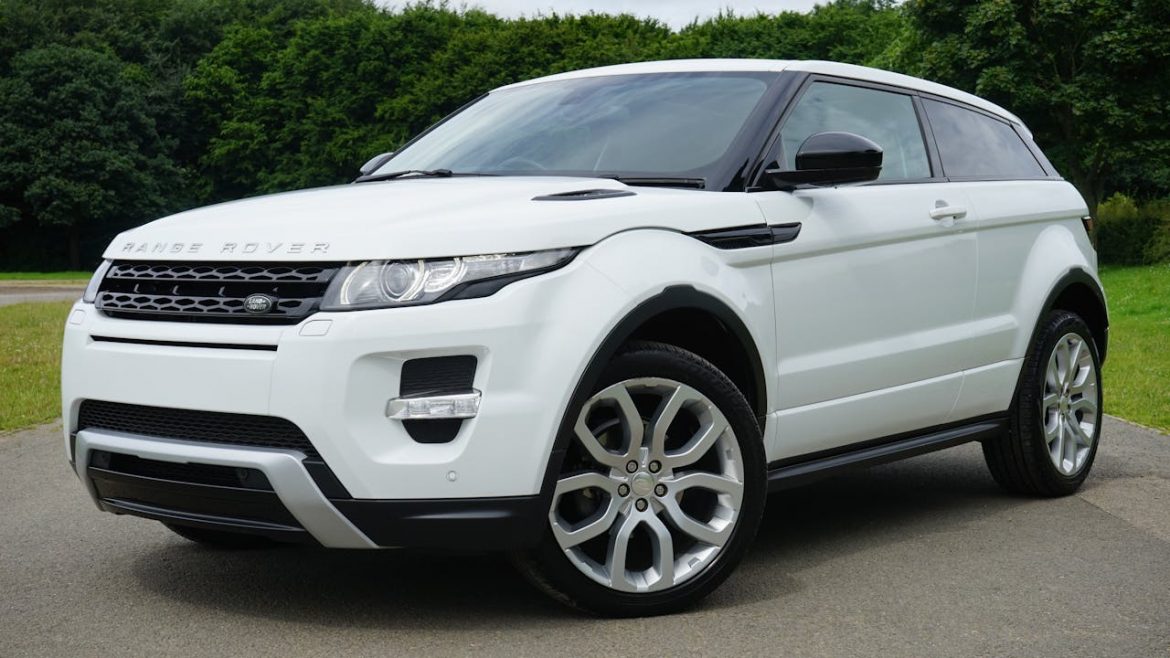The automotive industry is evolving at an unprecedented pace, and virtual reality (VR) technology is playing a crucial role in this transformation. VR, once the stuff of science fiction, is now a practical tool that is changing the way cars are designed, developed, and tested. In this blog, we’ll explore how VR is being used in automotive design and testing, and how it’s making the process more efficient, cost-effective, and innovative.
VR in Automotive Design
When it comes to designing a new car, every detail matters. From the aerodynamics of the body to the comfort of the seats, automotive designers strive to create a vehicle that is both functional and appealing. Traditionally, this process involved creating physical prototypes, a time-consuming and costly endeavor. However, with the advent of VR technology, designers can now create and interact with 3D models of cars in a virtual environment.
Companies like Audi are leading the way in utilizing VR for automotive design. By donning a VR headset, Audi’s designers can immerse themselves in a virtual model of a car, allowing them to inspect the design from every angle, adjust colors and materials on the fly, and even experience what it would be like to sit inside the car. This level of immersion and flexibility accelerates the design process and enables designers to experiment with new ideas without the limitations of the physical world.
VR in Automotive Testing
Beyond design, VR technology is revolutionizing the way cars are tested. Traditionally, testing a car’s performance, safety, and ergonomics required building multiple prototypes and conducting extensive field tests. However, VR allows engineers to simulate a wide range of driving scenarios and environmental conditions within a virtual environment, making the testing process faster and less resource-intensive.
For example, Ford has been using VR to conduct virtual crash tests, enabling engineers to analyze the impact of collisions on a vehicle’s structure and occupants without having to crash actual cars. This not only saves time and money but also allows for a more extensive analysis of potential safety issues.
Similarly, VR simulations are used to test the ergonomics of a car’s interior design. Engineers can use VR to assess how easy it is for drivers and passengers to reach controls, enter and exit the vehicle, and maintain comfortable seating positions over long periods. This level of testing ensures that the final product is not only safe but also comfortable and user-friendly.
The Future of Automotive Design and Testing
The integration of VR technology in automotive design and testing is just the beginning. As VR technology continues to advance, we can expect even more immersive and realistic simulations, further blurring the lines between the virtual and physical worlds. This will enable even greater innovation in car design, allowing for more radical changes to be explored and tested with ease.
Moreover, as the automotive industry moves towards autonomous vehicles, VR will become an invaluable tool for simulating and testing the complex scenarios these vehicles will face on the road. By providing a safe and controlled environment for testing, VR can help ensure that autonomous vehicles are thoroughly vetted before they hit the streets.
In conclusion, VR technology is transforming the automotive industry, making the design and testing processes more efficient, cost-effective, and innovative. As VR continues to evolve, its role in automotive design and testing is set to become even more significant, paving the way for the cars of the future.

